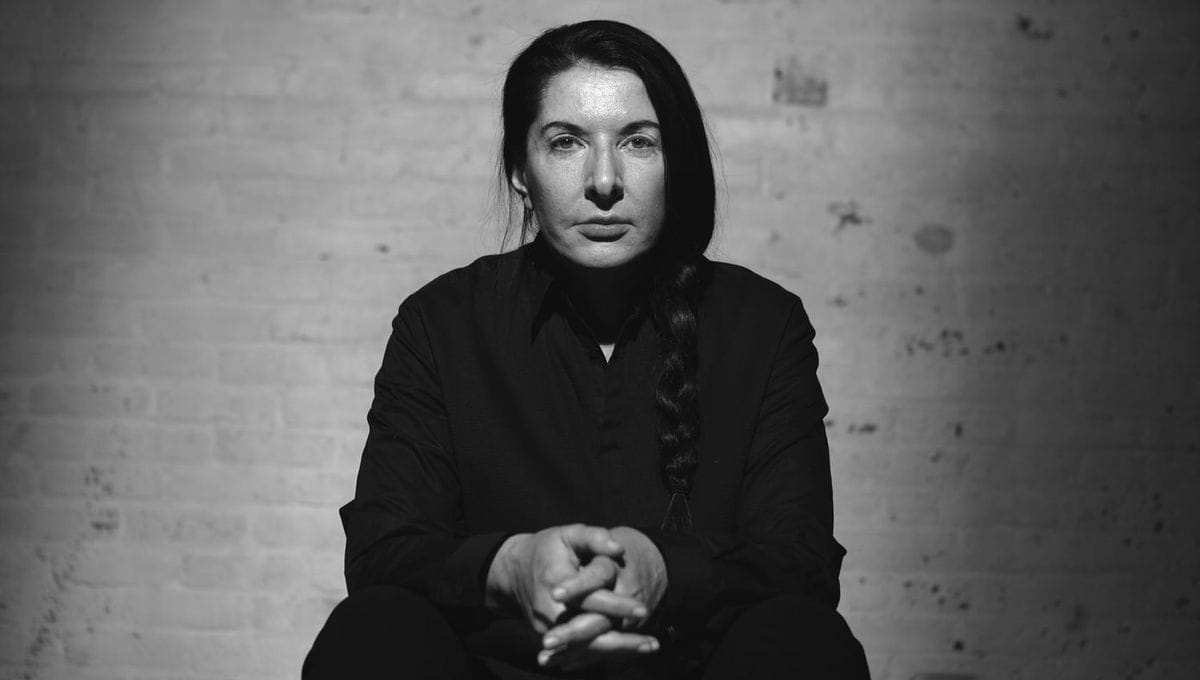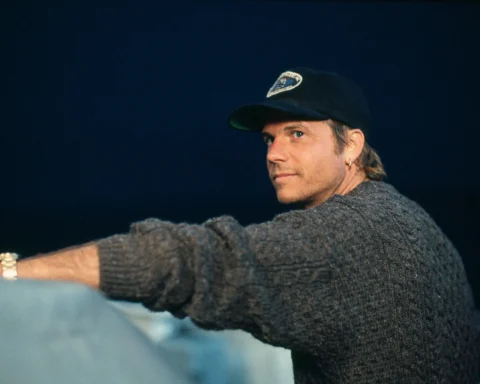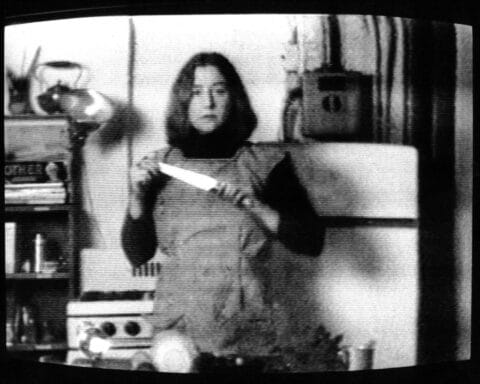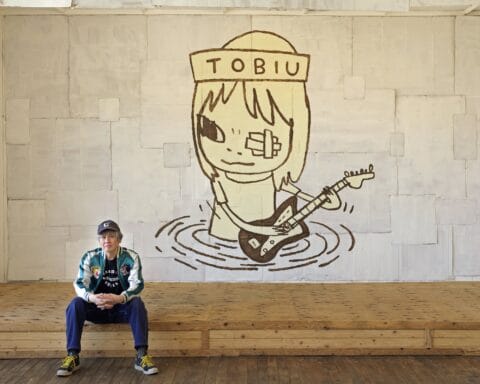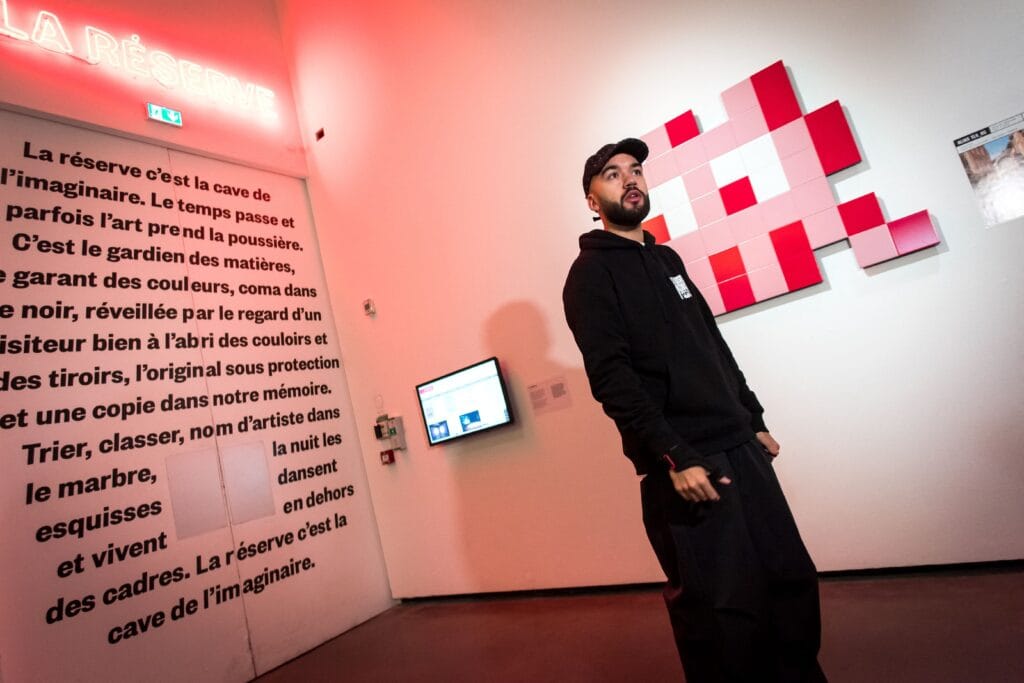Marina Abramović stands as one of the most provocative, boundary-pushing figures in contemporary art. Her artistic trajectory is a testament to the subversive potential of performance art, where she has explored the limits of human endurance, the politics of the body, and the intricate relationships between artist and audience. Abramović’s work is not merely an aesthetic exercise, but an intense, immersive investigation into the very nature of time, space, and human consciousness. Her performances transcend the visual; they challenge the intellectual, moral, and spiritual dimensions of both the artist and the viewer. Through this lens, her oeuvre offers fertile ground for philosophical inquiry, with themes ranging from the corporeal to the metaphysical.
A Confrontation with the Body: The Artist as Vessel
At the heart of Abramović’s work is a complex interrogation of the body—its fragility, its power, its symbolism, and its role as a site for transcendence. Abramović’s body is not a mere instrument of expression but a conduit for profound psychological and spiritual exploration. In her 1974 performance Rhythm 0, she set herself as a passive object, allowing the audience to interact with her body in any way they desired, using any of 72 objects laid out before her, from a rose to a loaded gun. The violence, manipulation, and intimacy she endured are emblematic of her ongoing interrogation of the relationship between the artist’s body and the audience’s power to manipulate or define it. The performance becomes a metaphor for the fragility of human existence, the vulnerability inherent in any form of self-expression, and the danger of relinquishing agency to external forces.
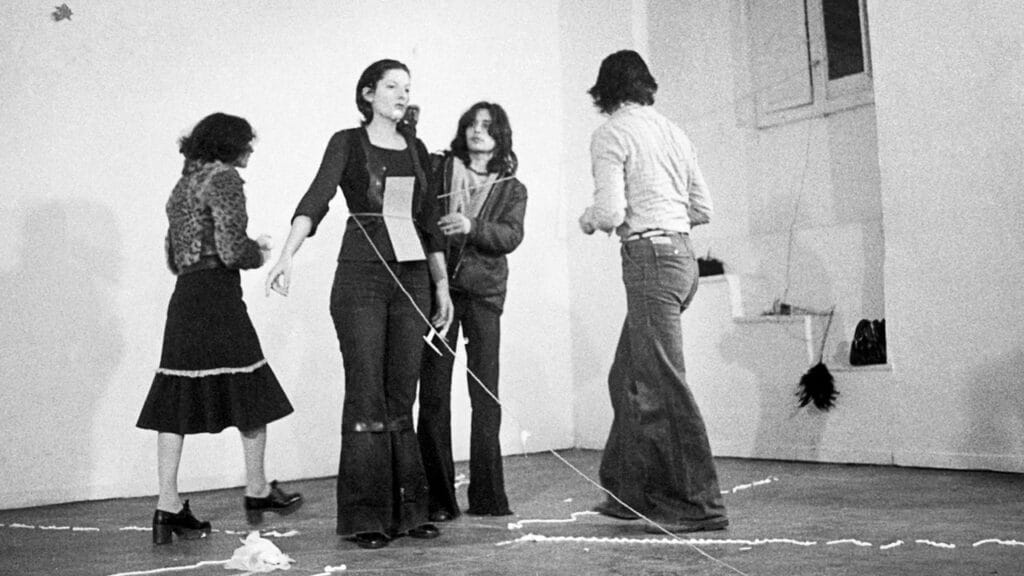
In a different yet complementary sense, works such as The Artist Is Present (2010), which featured the artist sitting silently at a table, engaging in prolonged eye contact with audience members, represent an inversion of the performative. In this act, the body is not subjected to physical abuse, but instead becomes the locus of an emotional and metaphysical exchange. Abramović transforms the act of presence into a radical form of vulnerability. By maintaining a silent, unbroken eye contact with her visitors, she creates a space where time dilates, where memory and identity emerge in a primal and unmediated form, and where the act of being becomes an art of self-presence.
This interrogation of the body is not purely aesthetic; it is deeply philosophical. Abramović explores the dialectic between control and surrender, presence and absence, selfhood and the dissolution of self. Her body, subjected to extreme conditions of physical endurance or emotional concentration, becomes a metaphysical battleground where the mind and the flesh wrestle with one another. For Abramović, the body is both an instrument and a site of transcendence, where the limits of material existence are tested and, in some cases, surpassed.
Time and Ritual: A Convergence of the Sacred and the Profane
One of the key philosophical threads that runs through Abramović’s practice is the exploration of time. In performance art, time is not a neutral background but a dynamic element that shapes the experience of both the artist and the audience. The temporality of Abramović’s work—often characterized by endurance-based actions, long durations, and cyclical repetitions—invokes the perception of time as both oppressive and liberating. Her performances invite the viewer to experience time in its most pure and unmediated form, divorced from the distractions and conveniences of modern life.
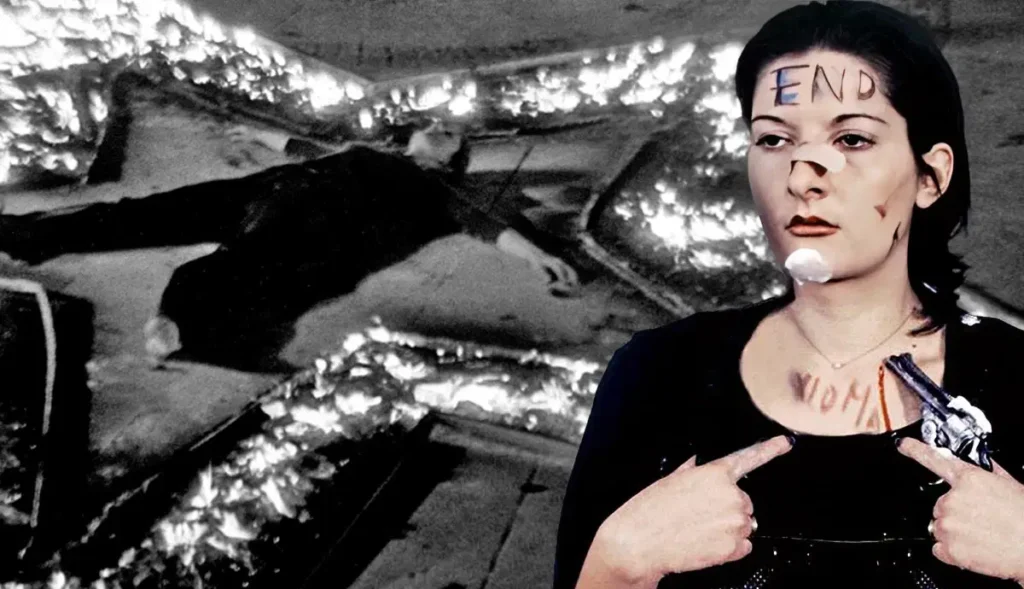
The concept of ritual plays a crucial role in Abramović’s approach to time. Her work frequently draws upon the structure of rituals, both secular and sacred, as a means of orchestrating an encounter between the artist and the audience. Ritual, with its predefined actions and its imposition of specific temporal rhythms, provides a framework within which deeper spiritual and existential questions can unfold. In performances such as Balkan Baroque (1997), where she scrubs a pile of cow bones for hours on end, the ritualized act of cleaning becomes an allegory for historical trauma, purification, and catharsis. The repetitive nature of the task is simultaneously meditative and brutal, reflecting the tension between labor and transcendence, ritual and agony.
Abramović’s use of ritual also invokes a sense of the sacred. This is not necessarily a religious form of the sacred, but a metaphysical one, where the artist, through endurance, suffering, and repetition, enters into a kind of altered state of consciousness. The audience, in turn, is invited to witness this journey, becoming part of the sacred space that is generated through the performance. In this sense, Abramović’s performances are an invocation of a primordial experience of time—one that reconnects the present moment with deep-seated, mythic, and often collective memories.
The Philosophy of Presence: An Exploration of the Self
A central tenet of Abramović’s practice is the concept of presence—both in terms of the artist’s presence in the space, and the audience’s presence in relation to the work. Her interest in presence is deeply philosophical, calling into question the very nature of consciousness, identity, and existence. In The Artist Is Present, Abramović’s simple yet radical act of sitting across from individuals and engaging in silent, prolonged eye contact suggests that the act of being seen is a transformative, almost spiritual experience. The performance is a meditation on the concept of the “self,” forcing both the artist and the audience to confront the elusive, ephemeral nature of identity.
The act of sustained eye contact creates a space for intimacy, vulnerability, and confrontation with one’s own projections. For Abramović, the notion of self is not fixed; it is a fluid, dynamic construct that is continually negotiated through interaction with others. In this regard, her work suggests that the very act of performing—of being present in the moment—has the power to dissolve the boundaries between the individual and the collective. It is a philosophical meditation on the intersection of subjectivity and objectivity, an exploration of how the individual self both constitutes and is constituted by its relations to others.
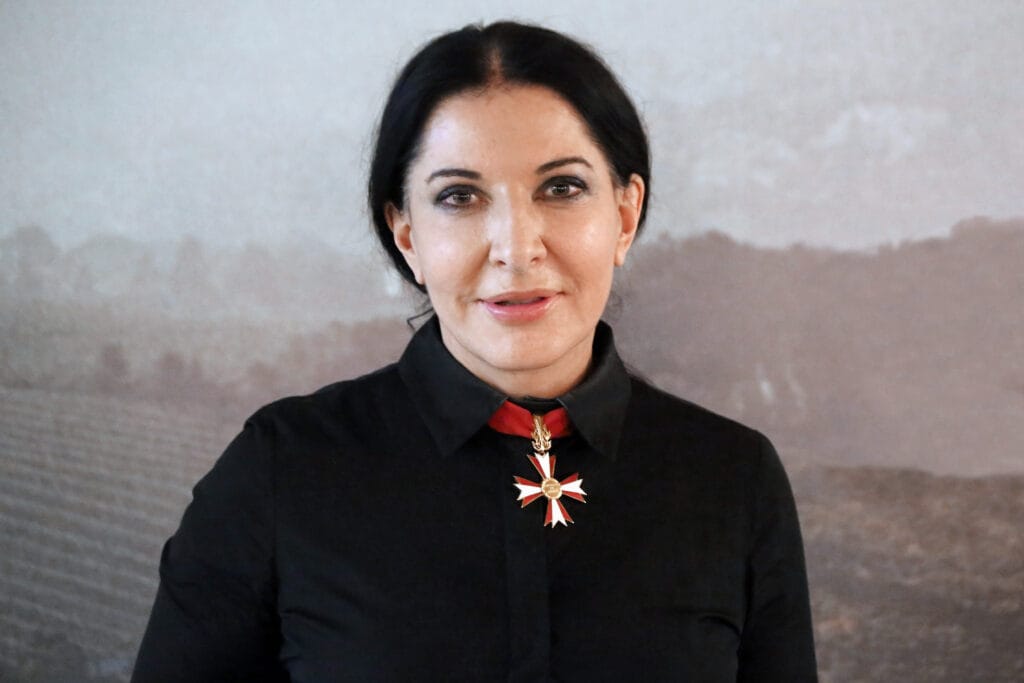
Moreover, the self that Abramović brings to the stage is not a psychological self, as conventionally understood in Western thought, but a phenomenological self—a self that is not contained within the boundaries of the individual but extends outward, becoming a site of communal experience. Abramović’s work transforms the viewer from a passive observer into an active participant in the process of self-revelation, thereby shifting the traditional power dynamics of art consumption.
The Metaphysics of Art: Intersections of Pain, Pleasure, and Transcendence
At its core, Abramović’s art is an exploration of the dialectic between suffering and transcendence. Her works often engage the viewer through the visceral, the painful, and the disturbing, but they simultaneously open the door to a kind of cathartic or spiritual release. Pain, in Abramović’s view, is not merely an aesthetic of discomfort but a gateway to a heightened state of awareness—a space where the physical, emotional, and metaphysical realms converge. In this regard, her work becomes an allegory for the human condition itself: fraught with suffering, but also pregnant with potential for transformation and transcendence.
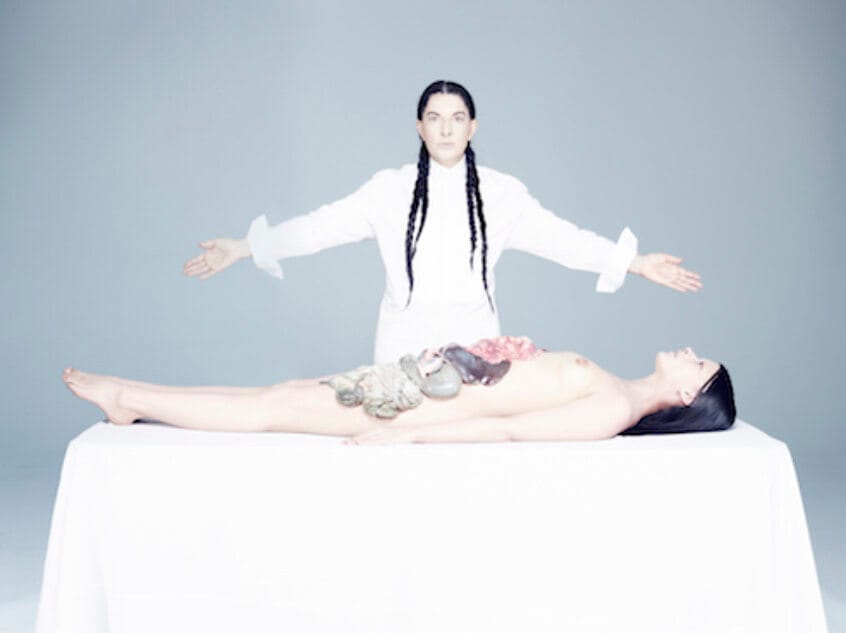
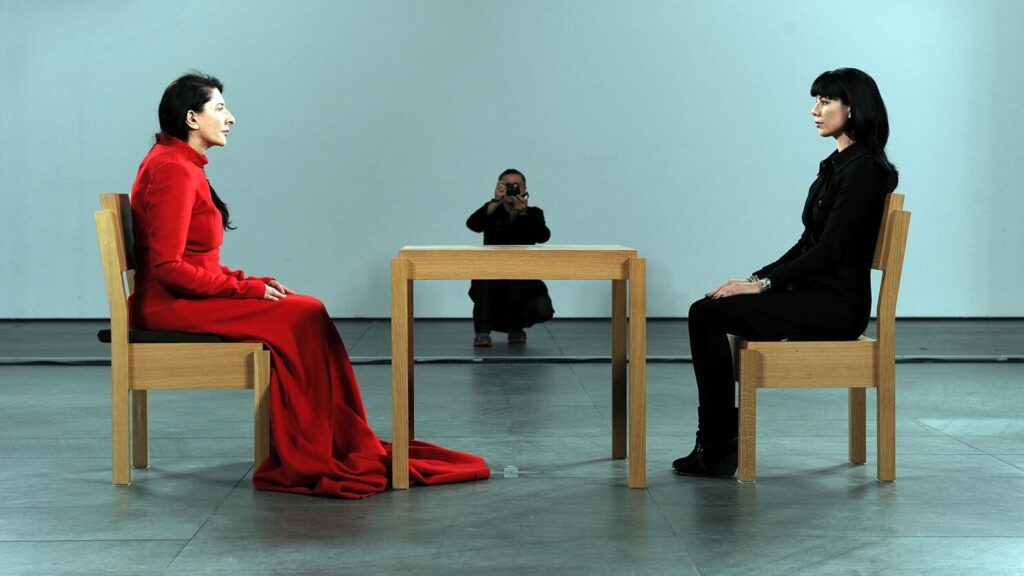
The central paradox that Abramović’s art exposes is the idea that, in moments of extreme pain, whether physical or emotional, the boundaries of the self can break down. In performances like Art Must Be Beautiful, Artist Must Be Beautiful (1975), where she subjected herself to humiliation and violence, the resulting experience is not one of masochistic submission, but a critical engagement with beauty, suffering, and the aestheticization of violence. Through this complex interplay, Abramović transforms pain into a medium for spiritual exploration, where suffering becomes a tool for reaching a higher state of consciousness.
The Transcendental Radicalism of Marina Abramović’s Art
Marina Abramović’s work is both deeply philosophical and radically corporeal, engaging with themes of time, ritual, suffering, and transcendence. Through her performances, she deconstructs the traditional relationship between the artist and the viewer, transforming the body into a metaphysical vessel of meaning. Her art reveals the intricate connections between pain and pleasure, presence and absence, self and other, offering a radical rethinking of the human condition and its potential for spiritual transformation. Ultimately, Abramović’s art transcends the boundaries of conventional aesthetics and engages with a profound, almost transcendent vision of human existence—one that asks not only what it means to perform, but what it means to be.
In her unflinching commitment to testing the boundaries of human endurance and consciousness, Abramović challenges us to reconsider the limits of art, selfhood, and the very nature of reality itself. She has constructed a body of work that compels us to confront not only the pain and vulnerability inherent in existence, but the sublime possibilities that arise from embracing them fully.
